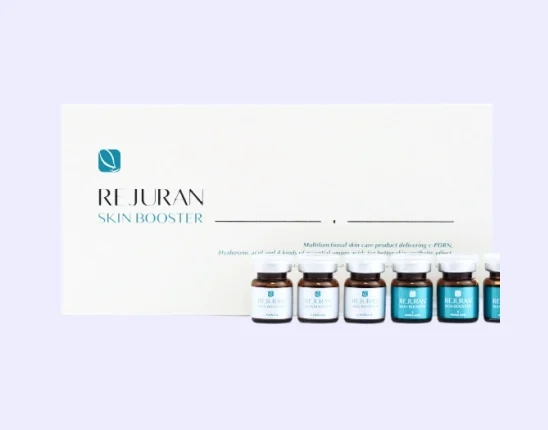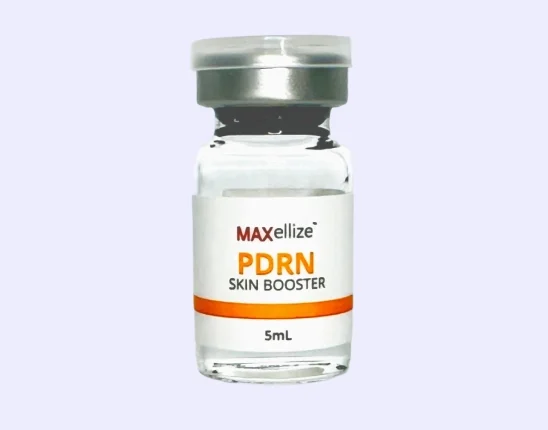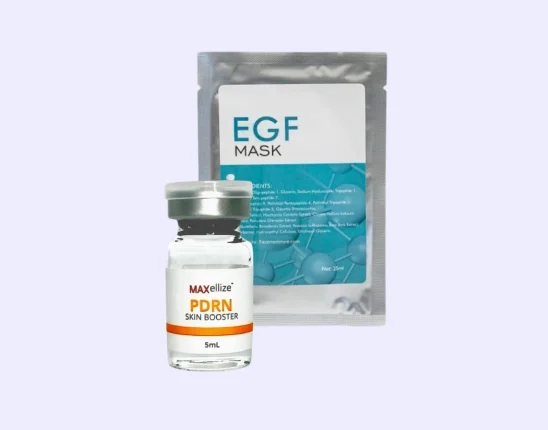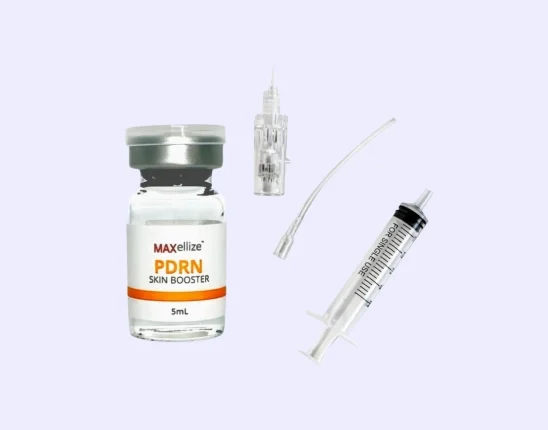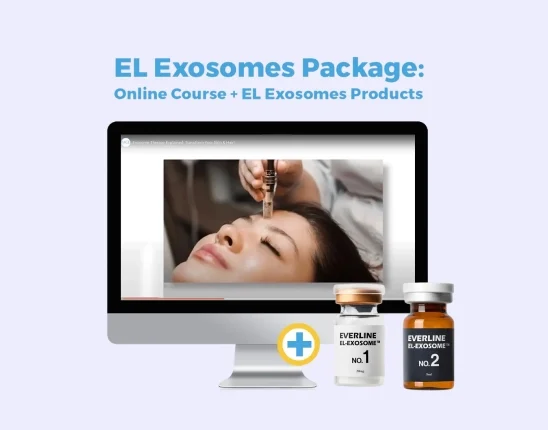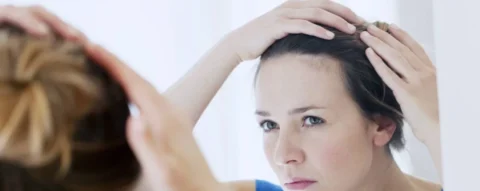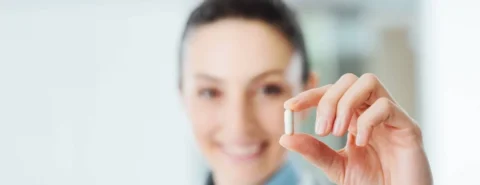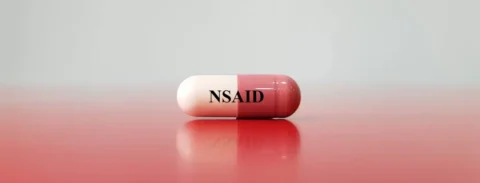The keratinocyte growth factor (KGF) is a molecule commonly associated with the epithelial wound healing stage. However, there has been some discussion lately on the possibility of the keratinocyte growth factor’s ability to aid in the development of hair follicles and hair growth cycle.
So how can you increase the keratinocyte growth factor in your body to promote hair growth? There are procedures that inject growth factors including the KGF to your scalp as well as topical products that may increase keratinocyte growth factors and provide some benefits to hair growth. Keratinocyte treatments aren’t as widely distributed as other hair growth treatments, so it’s important to visit a trusted beauty and medical supplies store with many options for hair treatments.
How Can You Increase Keratinocyte Growth Factor For Hair Growth?
When experiencing limited or no hair growth, it’s possible that your hair follicle is damaged and cannot produce the necessary proteins to build hair. KGF can help the human hair follicles not only heal themselves but also jumpstart the hair growth cycle. KGF is a naturally occurring molecule in the body that helps in the production of epithelial cells as well as tissue regeneration and has shown great abilities in forming keratin proteins for hair production.
While KGF can be found in the body, there is no way to increase your KGF levels without a medical procedure wherein KGF is directly injected or a very potent topical application treatment. An increase in the KGF factor could promote hair cell proliferation and hair regrowth depending on the application and treatment.
Minimally Invasive Treatments That Could Increase the Keratinocyte Growth Factor for Hair Growth
While there are many procedures that make use of growth factors, most KGF treatments require injecting a solution into the body. In general, KGF should help with hair cell proliferation and epidermal growth which will promote the active anagen phase of your hair. Depending on your hair loss concerns and hair growth goals, you may choose one injection treatment over the other. Whether you are treating hair loss due to radiation, scalp damage, or any other hair loss condition a boost in KGF levels could protect your hair and boost hair growth.
Here are some of the treatments utilizing KGF injections for hair and scalp health:
1) Injection Pretreatments for Cancer and Radiation Patients
With the rise of cytotoxic agents in your body to treat cancer it is quite usual for other cells, including those that make up the human hair follicles and dorsal skin to be severely damaged. This causes problems to hair follicle morphogenesis as cells and growth factors that work as endogenous mediators to stimulate hair growth are weakened, which hinders the anagen cycle of hair. Due to this chemotherapy-induced alopecia has been shown to be a consistent issue for people undergoing chemotherapy treatments and radiation.
While there are many studies being conducted in the hopes to address radiation-induced hair loss, few have been particularly effective in its prevention. In a more current study, the use of KGF as a pretreatment against hair loss prior to radiation exposure has shown some clinical significance on neonatal mice. With daily KGF injections prior to radiation exposure, the study was able to observe that the neonatal mice injected with the KGF had a higher hair protection rate with an average of 10 extra hairs per mm2.
Though the KGF offers some protection to hair currently in the anagen stage, it can’t be concluded that the boost in KGF can induce the beginning of the anagen cycle while on radiation. This means that while it can protect your hair and hair follicles from direct radiation damage and prevent some hair loss, it will not help new hair follicle development or produce new hair.
KGF injections as a pretreatment for radiation and chemotherapy patients are very promising but it is important to note that most studies have used a mouse model and have yet to be placed in a widespread clinical application in humans. If you’re seeking hair growth solutions through KGF injections, you may ask your doctor about clinical trials or research projects that you could take part in.
2) Keratinocyte Stem Cell Programming
Like other stem cell treatments, keratinocyte stem cell programming focuses on replacing and repairing damaged tissues which can include your hair follicle tissues. In a previous study conducted last 2021 on mice, the murine hair follicles were able to regenerate once induced with an injected solution of keratinocytes and KGF. The study also found that the increase of KFG stem cells could promote the anagen phase of hair growth.
In addition to the boost in KGF resulting in hair growth, keratinocyte stem cells were also able to be differentiated into other types of cells and boost the fibroblast growth factor needed for hair follicle development in a murine model. With the hair follicles containing sebaceous glands and producing healthy hair growth, the study concluded that KGF stem cells could promote hair growth when injected into the body.
While the study on keratinocyte stem cell programming does show its capability in increasing KFG in the body to boost hair growth most studies have been conducted on a mouse model and have yet to go through extensive human testing. Once tested and declared suitable for humans, injecting KGF stem cells would be a great way to increase keratinocytes in your body and induce hair growth.
3) Intradermal Injections
While pretreatment injections and stem cell programming show great promise in boosting KGF for hair growth in mice it has yet to cross to be applied to humans. Intradermal injections, on the other hand, have already entered human trials and use growth factors like the insulin-like growth factor, endothelial growth factor, basic fibroblast growth factor, and KGF to promote hair growth. In the 2018 study, intradermal injections were shown to not only prevent hair loss but also promote hair follicle morphogenesis.
With intradermal injections boosting KGF levels, a significant increase in hair growth and hair thickness was found in the majority of the research participants. Through this, it can be said that intradermal injections could be a possible procedure for you to boost KGF and treat your hair loss conditions.
Topical Application Treatments to Boost Keratinocyte Growth Factor Levels
According to dermatologists, topical treatments that have growth factors in them may or may not penetrate the skin effectively enough to provide any benefits at a cellular level. However, there are still benefits to applying them directly to the skin. Topical applications can gradually improve the appearance of wrinkles, diminish dark spots, and boost hair growth depending on its concentration and formulation of growth factors.
When it comes to topical applications of KGF, combining it with other growth factors and antioxidants may yield the best results for hair growth. These treatments more often than not come in the form of hair serums or DIY formula mix-ins that can be applied directly to your scalp. What these topical treatments do is communicate with the receptors in your skin to reactivate dormant cells and make them produce proteins and growth factors.
When your body’s natural systems are triggered to produce more growth factors, it’s possible that hair growth will be stimulated. If you’re using these treatments for hair grown specifically, it is important that you apply them to your scalp and not just your hair shaft. This is because the cell surface found on your scalp may not get sufficient amounts of the product if applied elsewhere and lose some of its effectiveness.
Other Treatments for Hair Growth
While KGF is an essential endogenous mediator for hair follicle growth, treatments that rely on this growth factor aren’t readily available to the public yet. If you’re experiencing hair loss conditions at the moment you may want to explore other options that are more accessible to the general population. Here are some surgical and non-surgical procedures that can result in hair growth:
1) Hair Transplant Surgeries
Perhaps one of the most commonly sought out treatments for hair loss, hair transplant surgeries have been proven to effectively treat hair loss and improve the appearance of hair density. While under general anesthesia, a surgeon will cut a skin sample from the back of your scalp and stitch the opening immediately after. The skin sample will then be divided into smaller sections and implanted throughout the areas experiencing hair loss.
While it may take time to heal after surgery, not only should you have hair growth in previously balding areas but you should also notice the quality of your hair overall improve. Recovery time for hair transplant surgeries usually ranges from 1 to 2 weeks while hair regrowth may take anywhere between 8 to 12 months to be visible.
2) Platelet-Rich Plasma Therapy
PRP or platelet-rich plasma therapy is similar to KGF treatments as it also makes use of injections and concentrations of growth factors to boost hair growth. Using the platelet-rich plasma found in the individual patient’s blood, each session of PRP therapy begins with a blood sample.
After acquiring the blood sample, the platelet-rich plasma will need to be isolated from the other components found in the blood sample. Once isolated, the PRP injections can be administered directly to the scalp which will boost the growth factors found within the area. Depending on the concentration of growth factors found in the individual patients’ blood, PRP therapy may take 3 to 4 rounds of injections before any hair growth is visible.
3) Laser Therapy for Hair Loss
Laser therapy is a non-invasive treatment that can address some of your hair loss concerns. As a newer treatment, there are some questions about it’s effectiveness on all types of hair loss, however it has shown great results in treating genetic hair loss conditions in particular. With the use of laser technology, the treatment uses a low-level laser to disperse photons directly on your hair follicles to promote hair cell health and stimulate hair growth.
Due to its non-invasive nature, it’s very rare to see side effects caused by laser therapy but the most commonly reported ones include itchiness and redness on the scalp, headaches, and temporary burning sensation. If you do experience these side effects, they should only last a couple of hours after your treatment and subside pretty quickly. While this is effective for some people, laser treatments require multiple sessions over 24 weeks and require a longer wait time before yielding any results.
4) Topical Minoxidil For Hair Loss
If you prefer to not undergo any type of medical procedure to address your hair growth concerns, there are a few FDA-approved topical medications that could provide results over time. Topical minoxidil, in particular, has shown to be an effective product in treating male and female pattern baldness. It’s also an over-the-counter medication so you do not need a prescription to purchase it.
How minoxidil works is it shortens the telogen stage of your hair cycle and induces your hair follicles to remain active for a longer period of time. With the extended active stage of hair growth, you should visibly see improvements to your hair density and hair length. While a viable option for people wanting to avoid surgeries, minoxidil does not work for every type of hair loss. If you don’t see any results after 4 months of consistent use, it might be time to consider other topical or surgical treatments to promote hair growth.
Improve The Appearance of Hair with PEP Factor Only From FACE Med Store
As people age, hair loss and damage become a more and more common cosmetic issue. While it can be caused by underlying health conditions, everyone wants strong and healthy-looking hair regardless. With PEP Factor for scalp rejuvenation, you may topically improve the appearance of your hair in as little as 2 to 4 treatments.
Combining basic fibroblast growth factor (bFGF) and copper peptides, PEP Factor may boost the concentration of growth factors in your scalp promoting hair production. Applied directly to the scalp and processes using Ultra-ReGen Led, PEP Factor is an ideal topical treatment that may promote scalp health and contribute to better-looking hair. Try the PEP Factor line today and contact FACE Med Store to see our current stock list.
Learn More: Will Too Much Protein Increase Insulin-like Growth Factor-1 Leading To Hair Loss?




